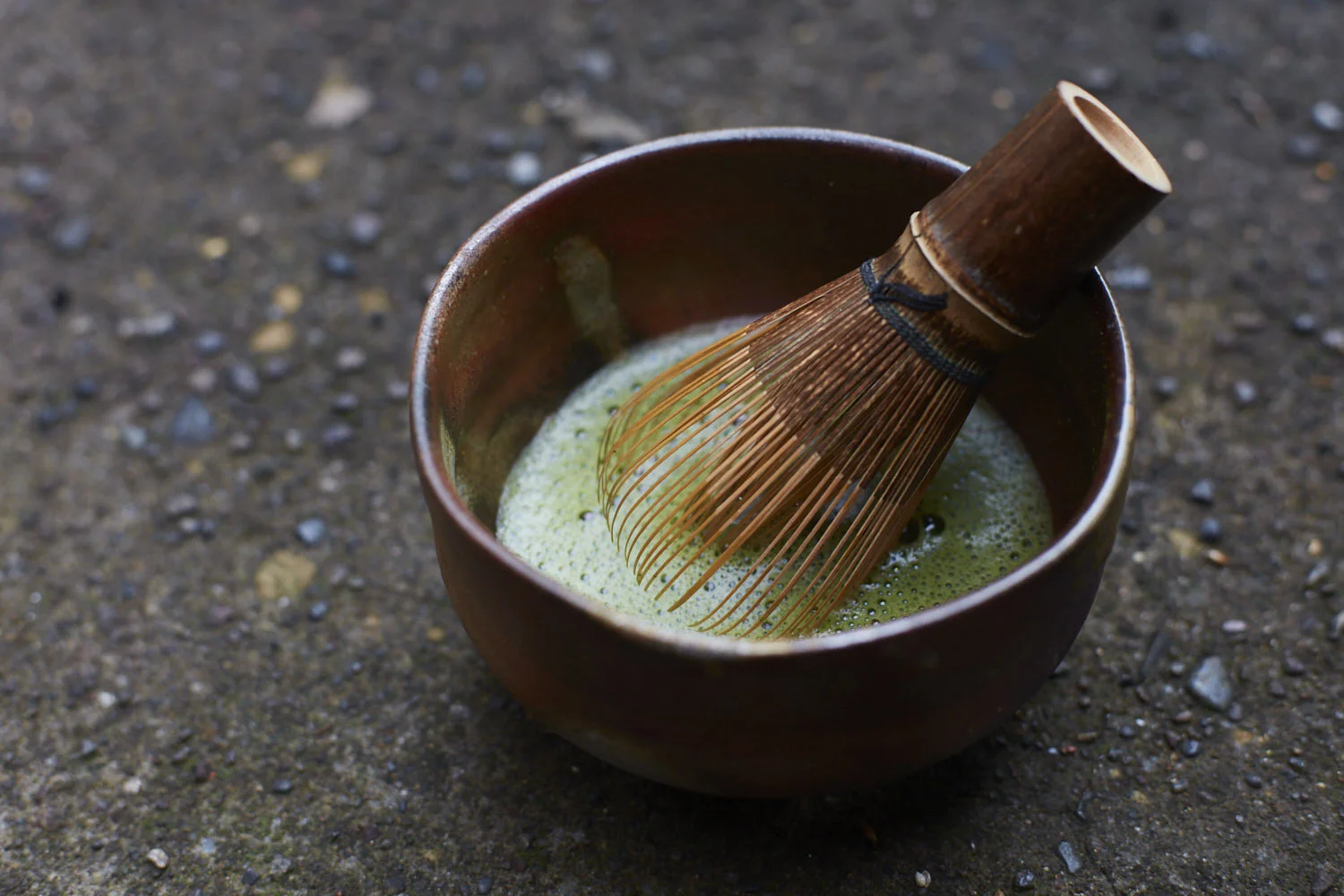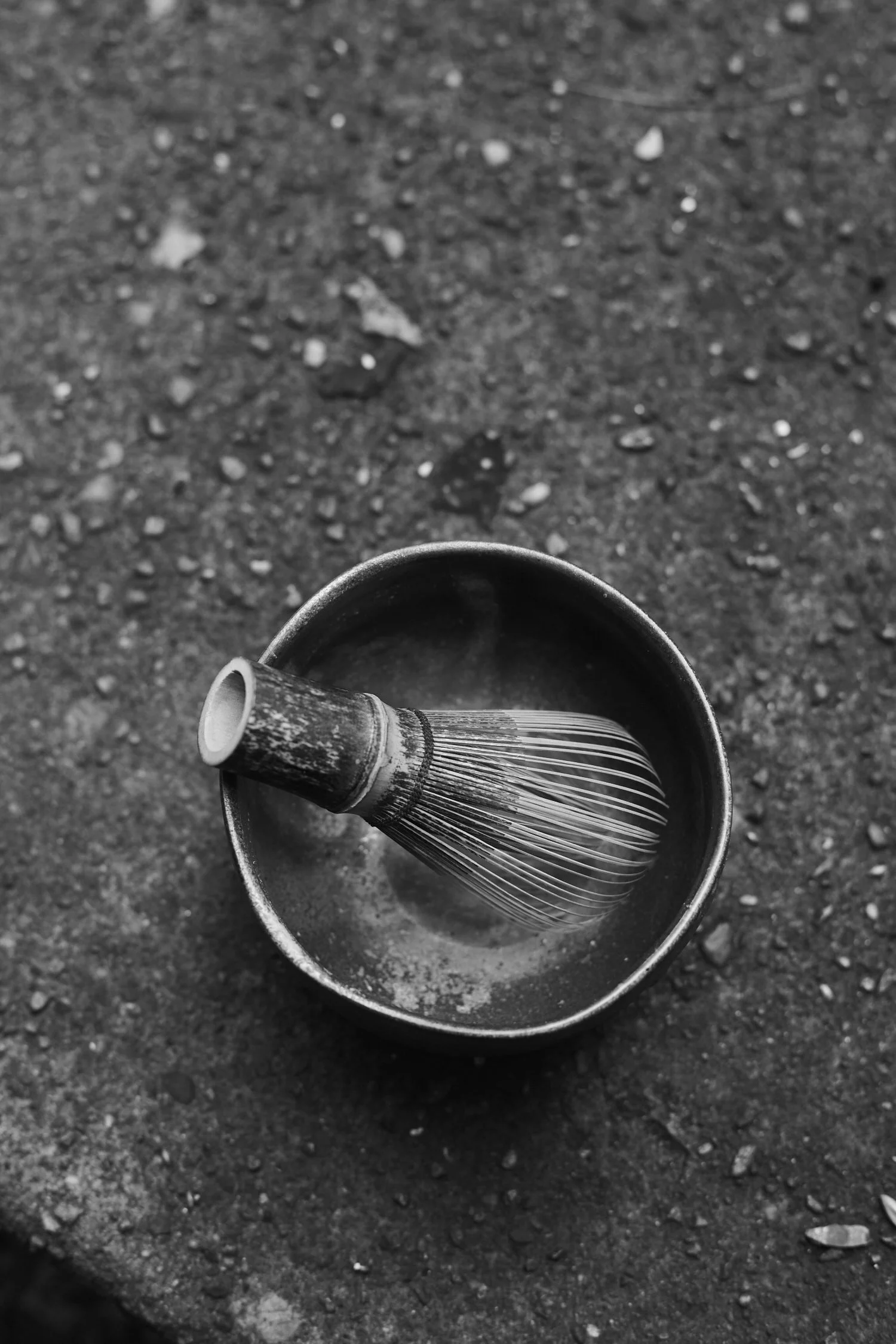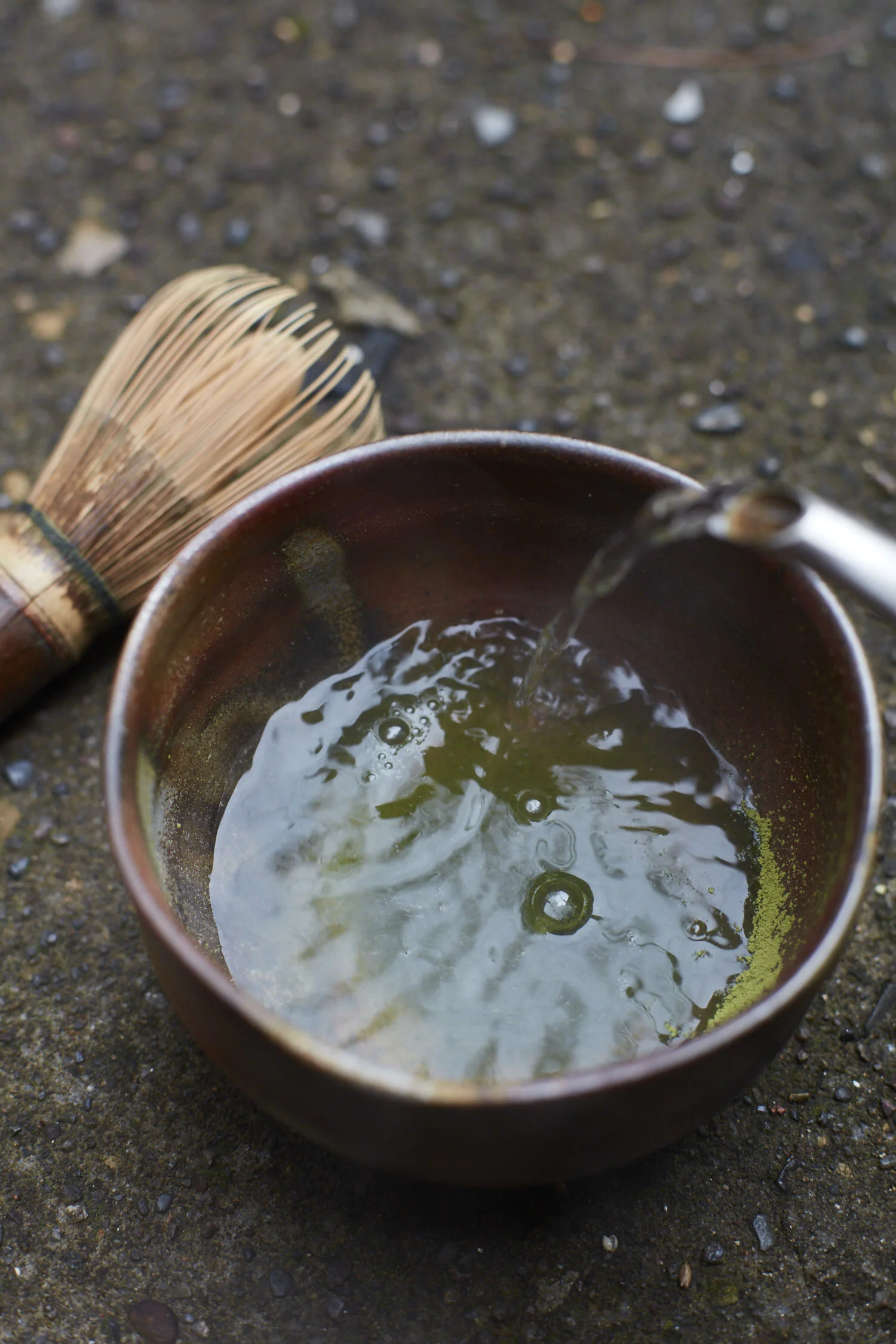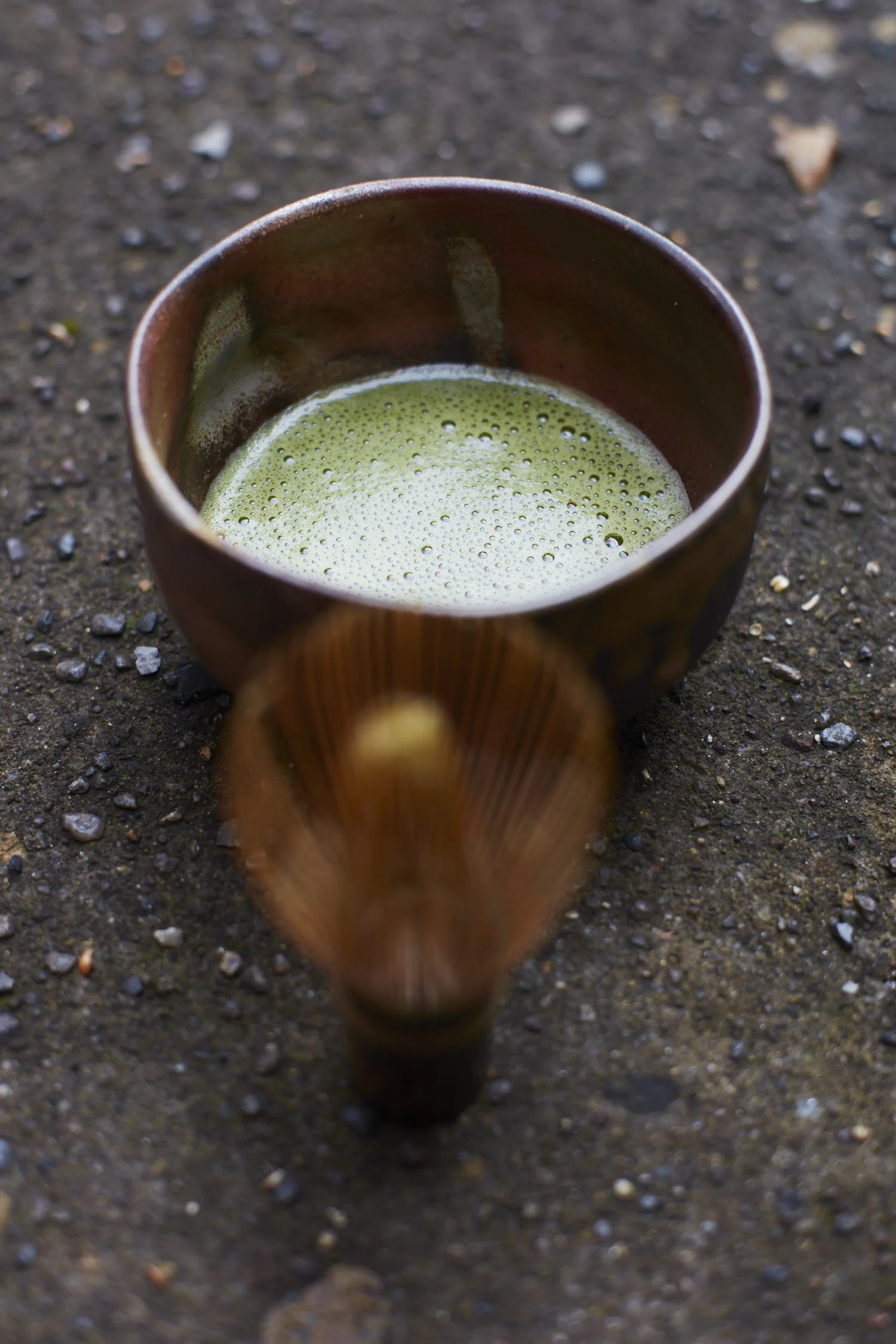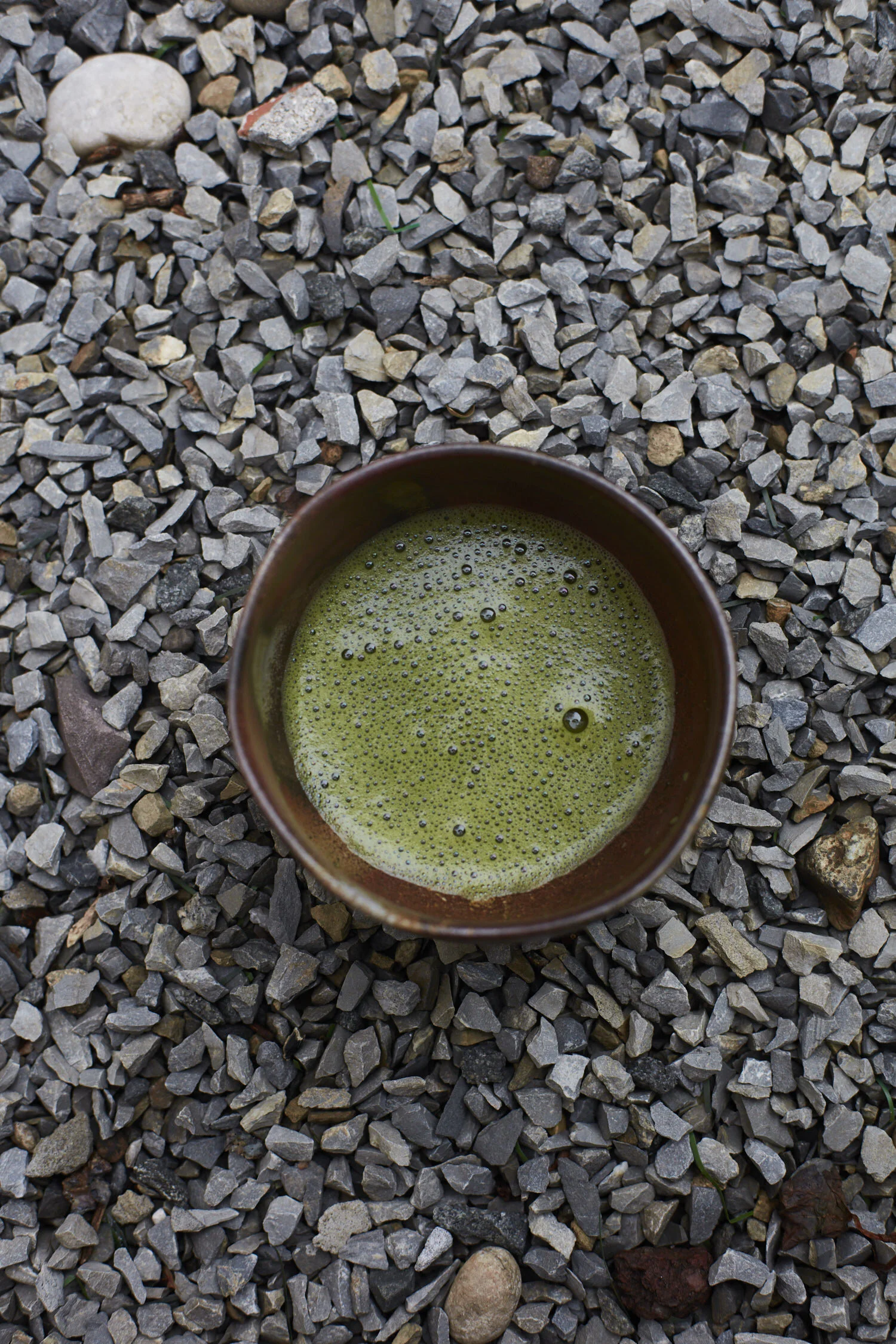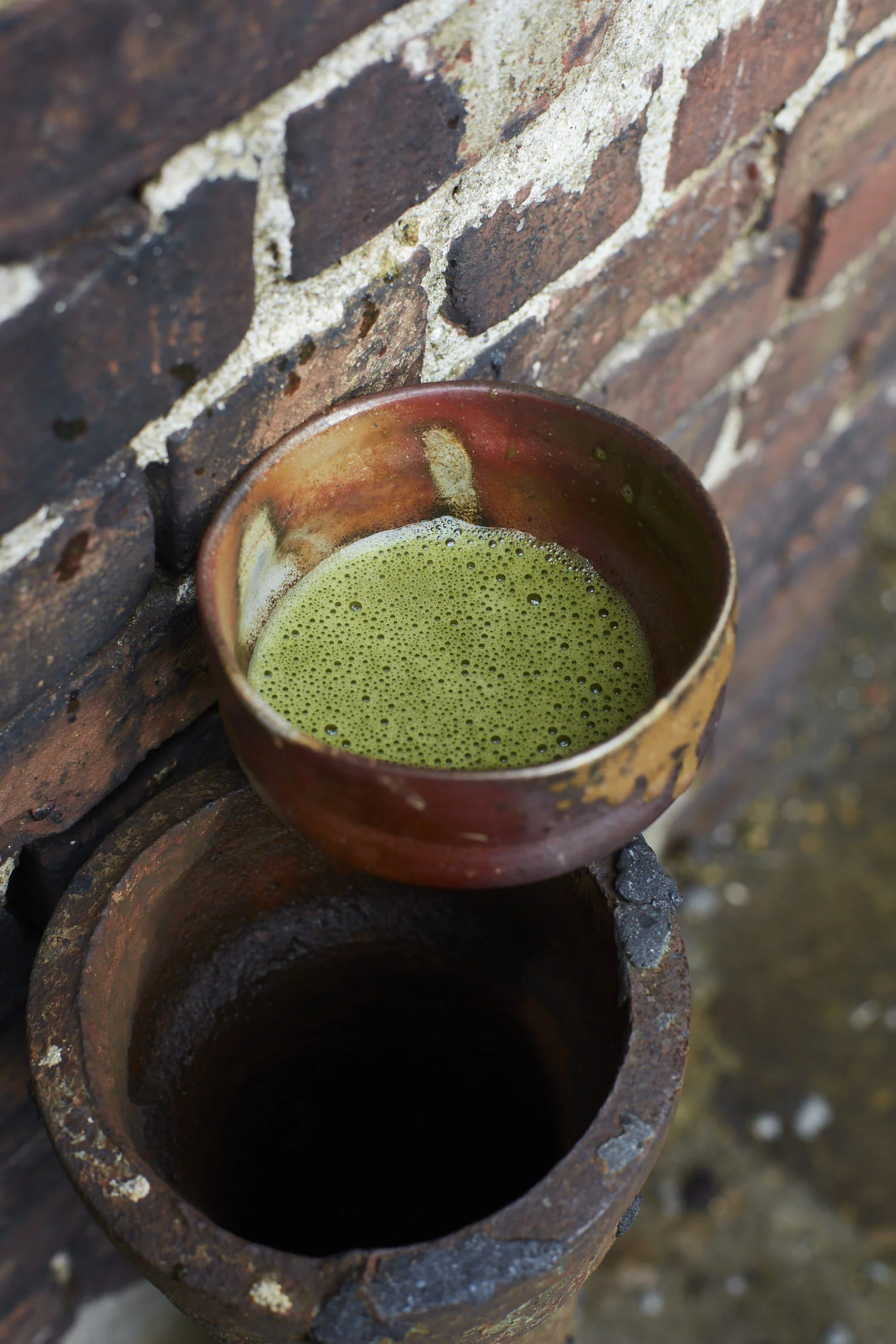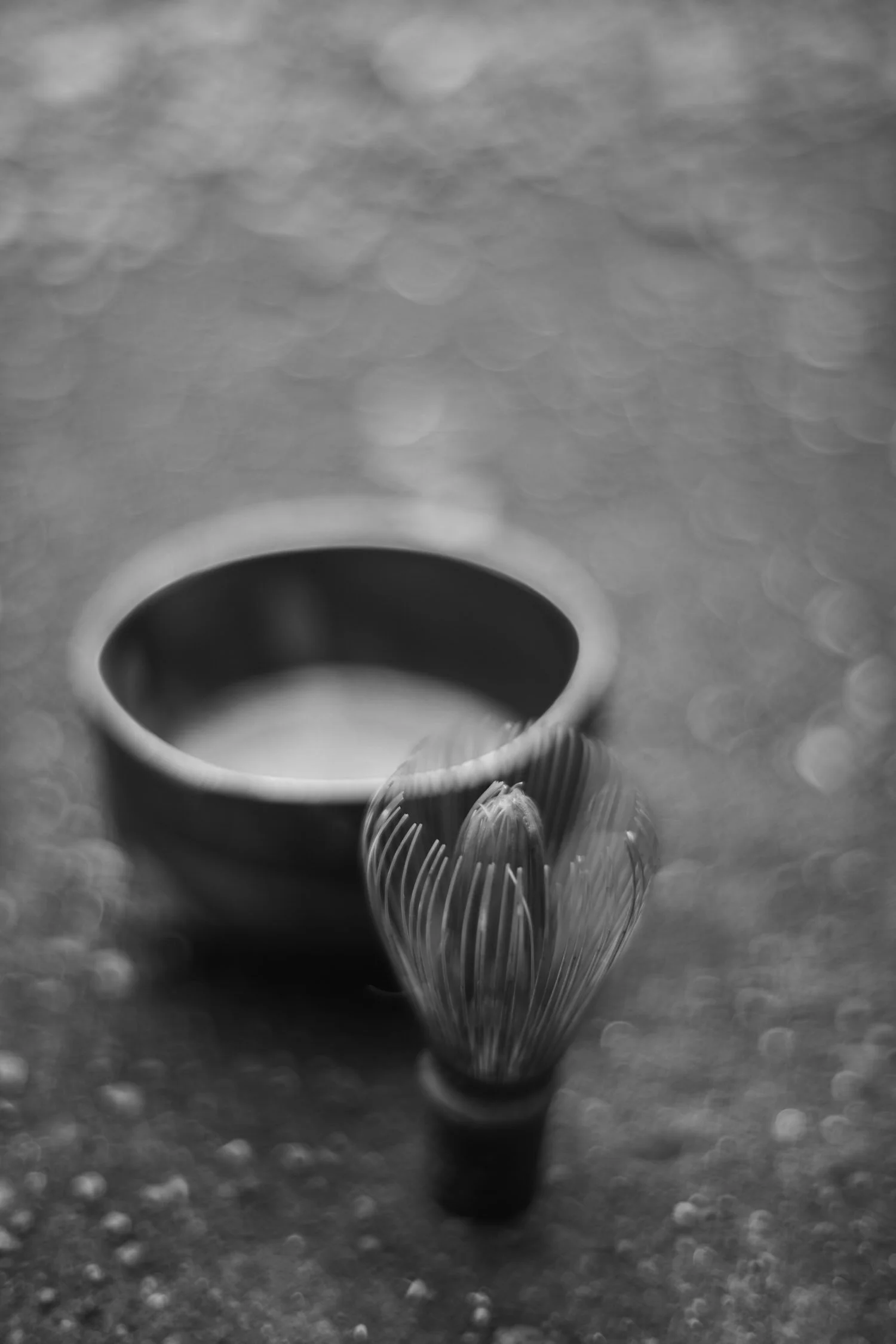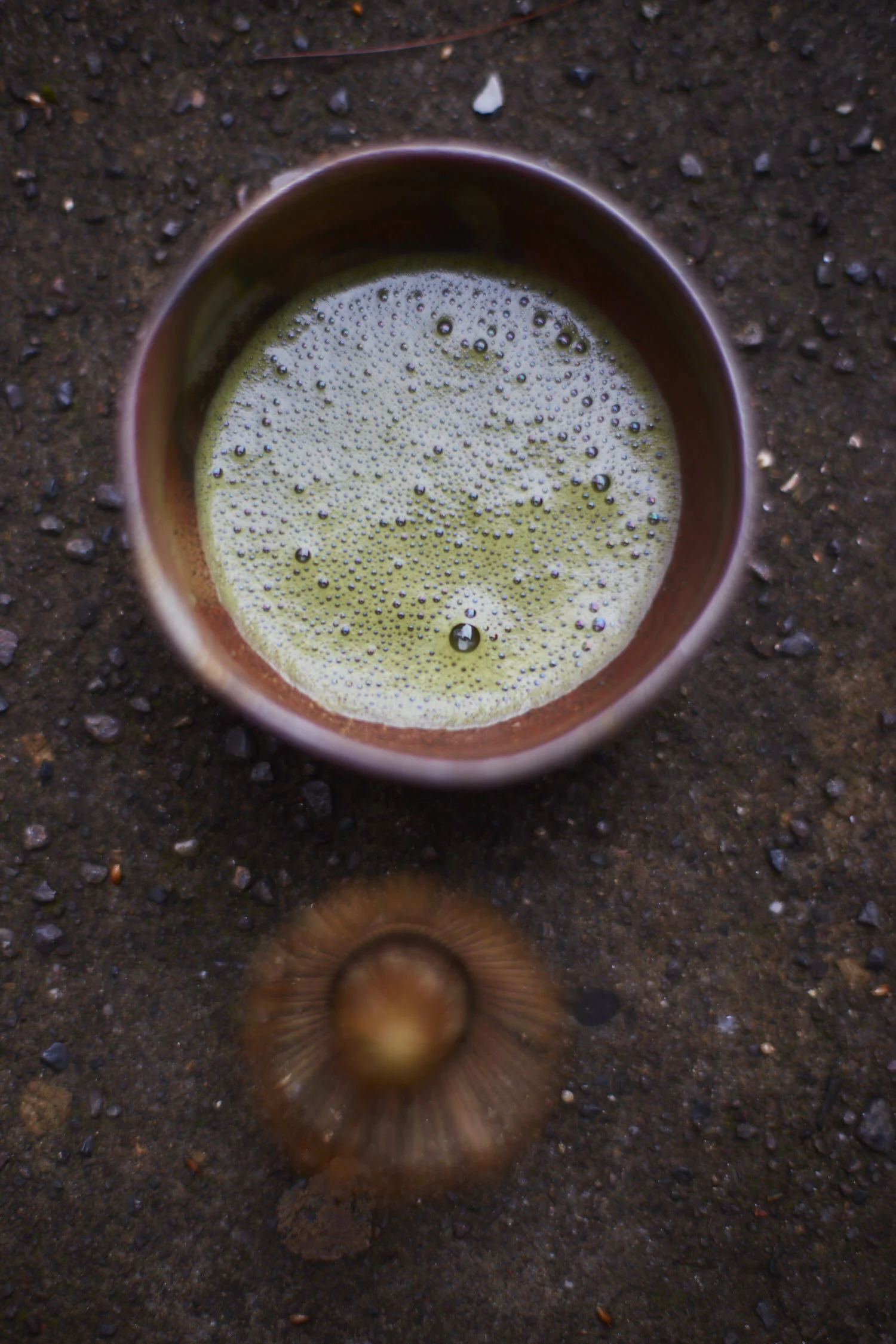5 Best Cities for Authentic Matcha in Japan
Matcha has become quite popular in the US in recent years, partially due to its incredible health benefits and prominent caffeine kick. But its flavor and preparation extend far past the Matcha green tea lattes and dessert teas that most people are familiar with.
While it's possible to find authentically prepared Japanese Matcha in the West, traveling to Japan will provide you with the best Matcha-tasting experience. And whether you're traveling to Japan or just doing your homework to make better Matcha at home...
This article will give you all the info you need about the best places to find Matcha in Japan. So grab your tea bowl and let's get whisking!
What is Matcha Tea
Before we go on the quest for the best cities to have authentic Matcha, we should start by properly defining what Matcha is… So What is Matcha?
Plain and simple: Matcha is a stone-ground (powdered) Green tea that hails from Japan. To be considered Matcha, the loose-leaf form before being stone ground (called Tencha) must be shaded while growing for 2-3 weeks. This tea shading process increases certain chemicals within the Green tea leaf that produce desired flavors.
Extra info: Tea shading is a traditional Japanese way of cultivation. Depriving the young tea buds of the sun changes their appearance and taste, resulting in a mellow Green tea with little to no bitterness. The most known Japanese shaded Green teas are Matcha (抹茶) and Gyokuro (玉露).
Much like wine, the tea plant has many nuances in its flavor that can be attributed to its growing location. The powdered Green tea is then whisked into warm water and consumed. And because you're drinking the actual leaf and not a brew, you get a lot of awesome health benefits.
Things to remember:
Matcha is a powdered Green tea.
It's only grown in Japan.
And it's packed with health benefits.
What Does Matcha Taste Like?
Matcha is usually pretty bright in flavor – tasting like steamed green vegetables, with a slight bitter astringency and a lightly sweet finish. There's also a prominent savory note known as umami. But it can get a little more nuanced than that.
Certain growing locations/microclimates impart different flavors onto the final Matcha… This concept is known as terroir, and has a lot to do with identifying the best places for Matcha in Japan.
Matcha Terroir (Growing Locations)
Before we go over the best cities for Matcha, it's important to go over the reason different growing locations matter. Why indeed?
Well, you can have access to all the best Matcha in the world, but you've gotta know what you're looking for to find the right stuff… The concept of Matcha terroir refers to the growing location – but more specifically, how the actual variety of tea plant, the location's micro-climate, and the local soil impact the overall flavor of a tea.
The term terroir comes from the wine world, and tea is a lot like wine! In the sense that certain growing locations produce better flavors. So being vaguely aware of where good Matcha comes from will make tasting and evaluating Matcha in Japan that much easier.
Plus, the Top Matcha Regions in Japan are some of the best places to have tea in Japan.
So, to make it quick, some of the best terroirs in Japan include:
Uji
Shizuoka
Kagoshima
Aichi
Each growing location has certain flavors associated with it… The best way to see what you prefer is to try them all. And being aware of the growing regions above will help you make some better tea decisions!
The Japanese Tea Ceremony
Another quick thing I want to go over is the Japanese Tea Ceremony, which you'll come across when traveling through Japan and drinking tea. It's also associated with concepts of authentic Matcha (which we'll get to in the next section).
The Japanese Tea Ceremony, also known in Japan as Chadô (茶道, the way of tea) or Chanoyu (茶の湯) – is a cultural and ceremonial practice around Matcha tea. Essentially, it's a highly ritualized and aestheticized way of preparing tea.
It's heavily linked to Zen Buddhism within Japan. It was made popular by Sen no Rikyū, a Japanese tea master living from 1522-1591. 3 separate schools of tea teach Chadô:
Ura senke
Omote senke
And Mushanokōji senke
Basically, all you need to be aware of is that these schools teach slightly different styles of a tea ceremony. Some Matcha destinations within Japan revolve around this more ritualistic, traditional tea ceremony.
Even if you're a casual tea drinker, attending a tea ceremony will be a unique and authentic Matcha experience that's worth checking out. We've got one more thing to go over before getting to the best Japanese cities for authentic Matcha… and that's a quick discussion on what authentic means.
What is Authentic Matcha Tea?
It's worth quickly talking about what might be considered authentic Matcha. Obviously, all Matcha from Japan is technically considered authentic…
But when I refer to authentic Matcha, I mean properly made Matcha that comes from the proper growing regions in Japan. And by properly made I mean whisked with the right amount of tea, proper temperature water, and the proper teaware.
So we're talking about Matcha that is skillfully prepared and meant to be savored – so basically no sweetened or dessert drinks. Just pure, well-made Matcha!
Quick side note – Quality can vary greatly, even within real deal Japanese Matcha. Often there will be different grades associated with Matcha. Typically these are just for marketing purposes.
They're not always an accurate way to identify the true quality of a tea, so don't pay too much attention to these grades. While they can be important starting points, they're kind of irrelevant, as there's no standardized grading system around Matcha.
Meaning any tea seller can label their teas how they'd like. While this doesn't make the tea inauthentic, it complicates the evaluation of a tea's quality. If you want to more about the differences between Matcha grades and how to spot a good quality Matcha, you can check out our dedicated article Ceremonial Vs Culinary Matcha here.
Best Cities for Authentic Matcha
5 Best Cities for Authentic Matcha
Alright, time to go on our little tea adventure! Each of the cities we're going over has distinct tea experiences associated with them. And by that, I mean they focus on different things.
While Matcha tea can be found in each of these cities – Some are great for overall tea drinking, while others specialize in more unique tea experiences. And most cities that have an affinity towards Matcha grow it close by. So that's just something to keep in mind.
1 - Tokyo
Overall, Tokyo is probably the best place to visit for a Japanese tea lover. While it's not a growing location, it's filled with tea shops, tea houses, tea experiences, and likely a stop most people might make while visiting Japan.
You'll find traditional shops that carry Matcha and other green teas from each of the prized growing locations, as well as places that offer more traditional tea ceremonies. One place worth checking out is Sakurai Tea Experience, where they mix both modern and traditional styles.
2 - Kyoto, Uji
Uji, Kyoto is considered the birthplace of Matcha green tea, and one of the best places for Matcha tea in Japan. Its terroir is perfect for growing tea, so the most prized Matcha comes from here.
Uji is a place you want to visit if you're looking for a Matcha. While Tokyo tea shops maybe have more selection and variety, there's no lack of amazing tea in Uji. Not to mention its landscape is absolutely beautiful!
You can even visit some of the farms that grow tea. Kyoto is a great place to find traditional tea ceremonies (an experience worth checking out). You'll even find the flagship store of Ippodo Tea, which also has a location in NYC.
3 - Nishio, Aichi
Nishio is within Aichi Prefecture. It's one of the top growing locations for Matcha tea. Meaning its tea is also quite sought after and expensive.
It's also one of the leading growing locations for all Japanese Matcha, producing a significant amount of Matcha. So it's a great place to visit tea farms and to find some fancier Matcha teas. There's even a cool Matcha tea museum called Saijoen Waku Waku.
4 - Yame, Fukuoka
Fukuoka prefecture (situated on Kyushu, an island on the southwest end of Japan) is also a great place to find amazing Matcha. It was the first place tea was grown by monks in Japan.
Yame is Fukuoka’s most famous growing location. There is a decent amount of Matcha grown here, but Fukuoka is more associated with their prized loose leaf green teas (Sencha and Gyokuro).
5 - Kirishima, Kagoshima
Kagoshima is the second biggest Japanese tea-producing prefecture after Shizuoka. About 30 percent of all Japanese tea is grown in Kagoshima.
But most of the tea produced in Kagoshima is loose-leaf Sencha green tea (煎茶), but there's a fair amount of good Matcha to be found there too. Kirishima in particular is slowly growing in popularity for its shaded tea.
Share a Bowl of Tea with Us
Now that you know the best places to find Matcha in Japan and all of the different kinds of tea experiences you could have there… We'd love to have you for tea! (when you're back from your tea adventure of course)
If you found this article helpful, or if you'd just like to learn more about all things Matcha or Green tea, join our Steepers Union – a private Facebook group where you can connect with fellow tea lovers.
And if you feel like Japan is a bit too far away, know that you can get your hands on quality Matcha from famous Japanese regions without leaving the US! At Ooika, we’re proud to operate one of the few traditional Japanese Ishi-Usu Matcha grinding mills in the US to ensure the most freshness possible. You can visit our shop to buy fresh ground Matcha here.
MORE ON MATCHA

